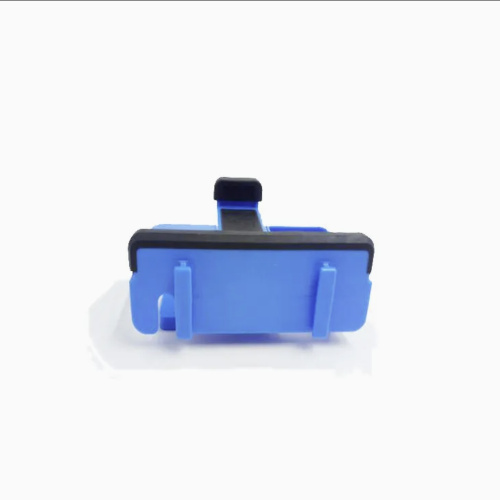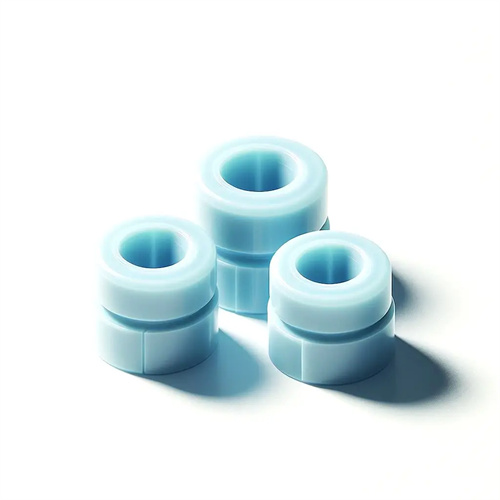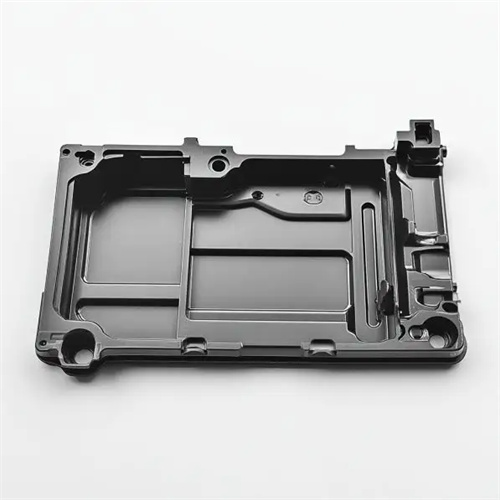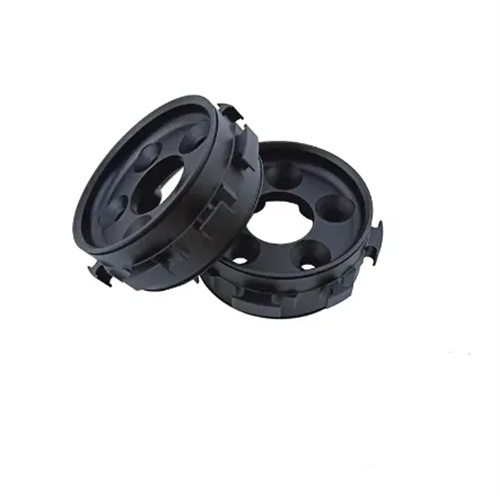Causes of air marks next to small bosses of plastic parts and machine adjustment techniques
Air marks near small bosses on plastic parts are a common quality defect in injection molding. They not only affect the part’s appearance but can also weaken its structural strength, posing a hazard to product performance. Air marks typically appear as cloud-like or streaky marks near the bosses. In severe cases, they can even result in bubbles or burns. To address this issue, a thorough understanding of the causes of air marks is essential. This allows for targeted machine tuning techniques to improve part quality.

One of the main causes of air marks is the entrainment of air into the melt during the filling process. The presence of small bosses can cause a sudden change in the melt’s flow path. When the melt flows rapidly past the small bosses, the flow cross-section suddenly becomes smaller, causing the melt’s flow rate to increase dramatically. This can easily form a low-pressure area behind the bosses, causing the surrounding air to be drawn into the melt. If this entrained air cannot be discharged in time, air marks will form after the plastic part is cooled and formed. In addition, poor exhaust in the mold cavity is also a major factor leading to air marks. If the mold does not have sufficient exhaust slots at the positions corresponding to the small bosses, or if the exhaust slots are blocked by plastic debris, oil, etc., the air in the cavity will not be able to be discharged smoothly, and the compressed air will mix with the melt, thus generating air marks.

The characteristics of the raw materials can also affect the formation of air marks. Different types of plastics have different fluidity and viscosity. Plastics with poor fluidity require higher injection pressure and speed when filling small bosses, which increases the probability of air being entrained in the melt and easily causes air marks. The moisture and volatiles in the raw materials are also factors that cannot be ignored. If the plastic particles are not fully dried before injection molding, the moisture in them will evaporate into water vapor at high temperatures and be entrained into the melt along with the air, exacerbating the formation of air marks. In addition, impurities or different types of plastics mixed in the raw materials may affect the uniformity of the melt, resulting in poor flow and the formation of air marks.

The design and manufacturing accuracy of the mold also have a great influence on the generation of air marks. If the shape design of the small boss is unreasonable, such as the boss is too sharp or too high, it will cause greater flow resistance of the melt during filling, resulting in unstable melt flow and easy entrainment of air. Inappropriate gate position and size of the mold can also cause air marks. If the gate is too far away from the small boss, the melt will have cooled down by the time it reaches the boss, the fluidity will decrease, filling will be difficult, and air marks will be easily generated; if the gate size is too small, the injection pressure loss of the melt will be too large, which will also affect the filling effect. In addition, the surface roughness of the mold cavity is high, which will increase the flow resistance of the melt, resulting in uneven melt flow, and then produce air marks.

To address air marks near small bosses, the first step is to adjust the injection parameters. Appropriately reduce the injection speed, especially when the melt is flowing through the small boss. Use a segmented injection method, first filling the area near the small boss at a lower speed and then slowly increasing the speed to reduce the amount of air entrained in the melt. At the same time, increase the injection pressure appropriately to ensure that the melt has sufficient momentum to fill every corner of the small boss, avoiding air marks caused by insufficient filling. Furthermore, adjusting the holding pressure and holding time to ensure adequate shrinkage of the melt during cooling can also help reduce air marks.

Regarding molds and raw materials, appropriate measures can also be taken to coordinate machine adjustments. Clean the venting grooves on the mold to ensure smooth exhaust of air from the cavity. If necessary, add venting grooves near small bosses to improve exhaust efficiency. Thoroughly dry the raw materials and strictly control their moisture content. Generally speaking, highly hygroscopic plastics such as polyamide require drying at 80-120°C for 4-6 hours to remove moisture and volatiles. Additionally, selecting raw materials with better fluidity or appropriately modifying them can improve melt filling properties and reduce the occurrence of air marks. By combining these machine adjustment techniques and auxiliary measures, the problem of air marks near small bosses on plastic parts can be effectively resolved, improving product quality.
